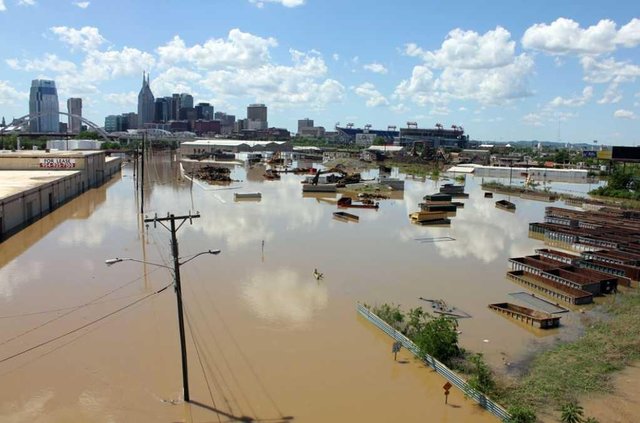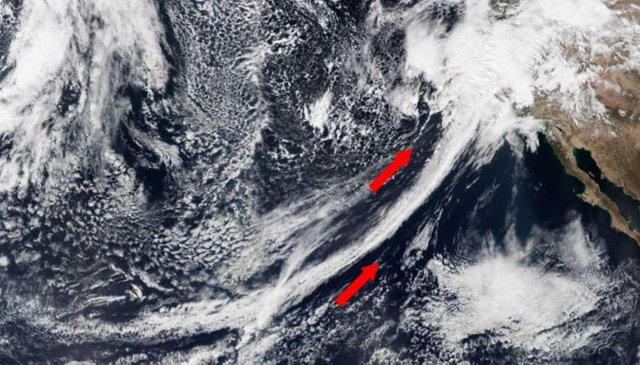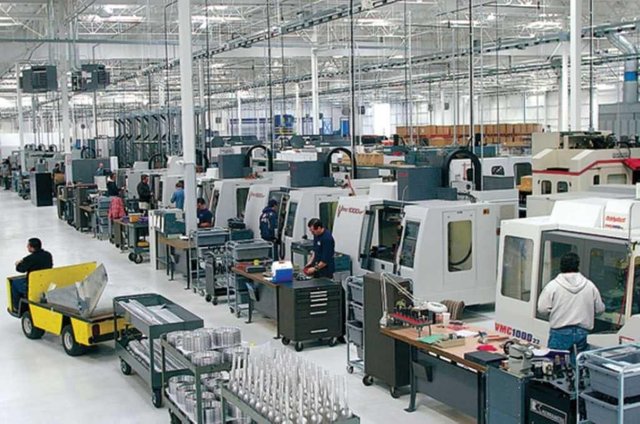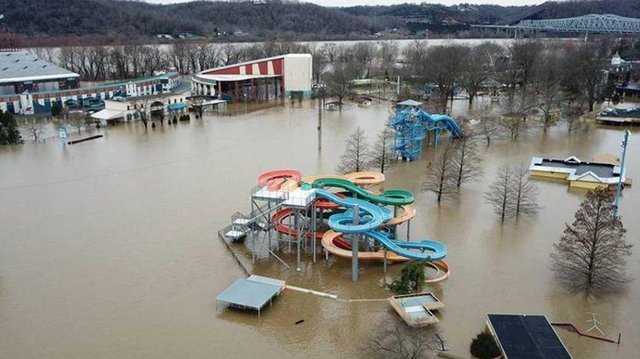Natural disasters and loss calculations

When major natural disasters occur, the consequences are not only people who die and get injured, but also destroyed homes, infrastructure and production, job losses and insurance losses. Traditionally, the damage caused by natural disasters is calculated as the amount of damage caused by property, or repair costs, which will lead to the initial situation. However, other negative economic consequences are often ignored.For example, missing for the recovery time of a company's ability to produce a product not only affects the company itself, but also subcontractors located throughout the supply chain. And they can be found not only in the affected areas, but also in other parts of the country or further away.Without using appropriate models to study the disadvantages of natural disasters, incomplete figures about the financial consequences of disasters were obtained, the affected areas lacked government compensation, the company was paid incomplete insurance payments, etc.
In a recent study, the results published in the European scientific publication Earth System Dynamics, an interdisciplinary journal devoted to Earth study and global change, American economists from the University of Illinois studied the issue. Together with hydrologists from the University of California and US Army engineers, they investigated the characteristics of so-called "atmospheric rivers" - the route of large volumes of water vapor in the atmosphere. One of these rivers "flowed" directly to the western part of Washington in 2007.
This event caused a record flood of 500 years and recorded losses in the region.

The team wanted to show, in the case of one disaster, how carefully choosing the characteristics of natural phenomena and the correct model for assessing loss can help in determining the real consequences and in preparing for future natural disasters from an economic point of view.
One study author, economist Sandy Dall'Erba (Sandy Dall'Erba) said that their method is very different from what the insurance company does. After the disaster, when the assessors came, they simply said that the building had been damaged for a certain amount. And if the company does not work for example a week because of this disaster, then add a week damage on damage.And if the company does not work for example a week because of this disaster, then add a week damage on damage. However, insurance companies do not take into account the fact that the amount of actual economic losses is much higher, and this study clearly shows this.The effect of extending the consequences of a disaster can be significant if the main production chain is breached. This study shows that the damage will be greater than about 10 percent in rural areas, and by 50-70 percent for big cities like Houston - cross-sectoral and strong inter-regional relationships.For example, if the production of a tire manufacturing company is flooded, the product no longer flows to the factories where the car is assembled. The factory suffers losses due to lack of tires - the car can not go without wheels. This economic relationship is taken into account in a new model of American scientists. They call the input-output because of the interdependence between industry sectors within the region and between different regions of the country.

The team analyzes every industry and its products in the affected area. For example, the floods in 2007 Chehalis, Washington has manufacturing, sales, aimed primarily not at home, and other companies of different geographical remoteness. All these cross links are taken into account, each making its own amendments to the total amount of damage.
The researcher receives a set of coefficient of influence from one region in another, and applies it to the final count. The data matrix contains information about how each branch of a particular region is associated with each other in this region and for each other region. As a result, they found a global map of resource movement between industries and regions.
In addition, the timing of natural disasters is also taken into account. If the affected area is agriculture, the damage depends on when an emergency occurs - during work, before harvest or afterwards. The difference in losses in this case can be huge.Another factor is the presence of an advanced construction industry in the affected area. The recovery of the destroyed should be handled, in rural areas without their own resources for this, one must hire companies from neighboring regions, thereby improving their economy, but using their means even more.The last part of the research focuses on the future. Assuming that climate change will cause a peak flood increase of 15%, the authors believe that the total loss will increase by 39%, for a realistically calculated disaster, the number will increase from 6.2 million dollars to 8.6 million.To overcome the consequences, the authorities must plan and implement infrastructure projects - increasing the volume of reservoirs to dispose of excess water, build a protective dam, etc. Companies can also prepare themselves: diversify their supply chains to not rely critically on a single producer; backing up components in terms of availability of such opportunities.Of course, all this requires money, but it will reduce the loss in the future. The most difficult is a small farming community that has no free resources to prepare for natural disasters, and in fact they are more often hit by floods. Governments should come to their aid first, as preventing it is often cheaper than eliminating the consequences.

